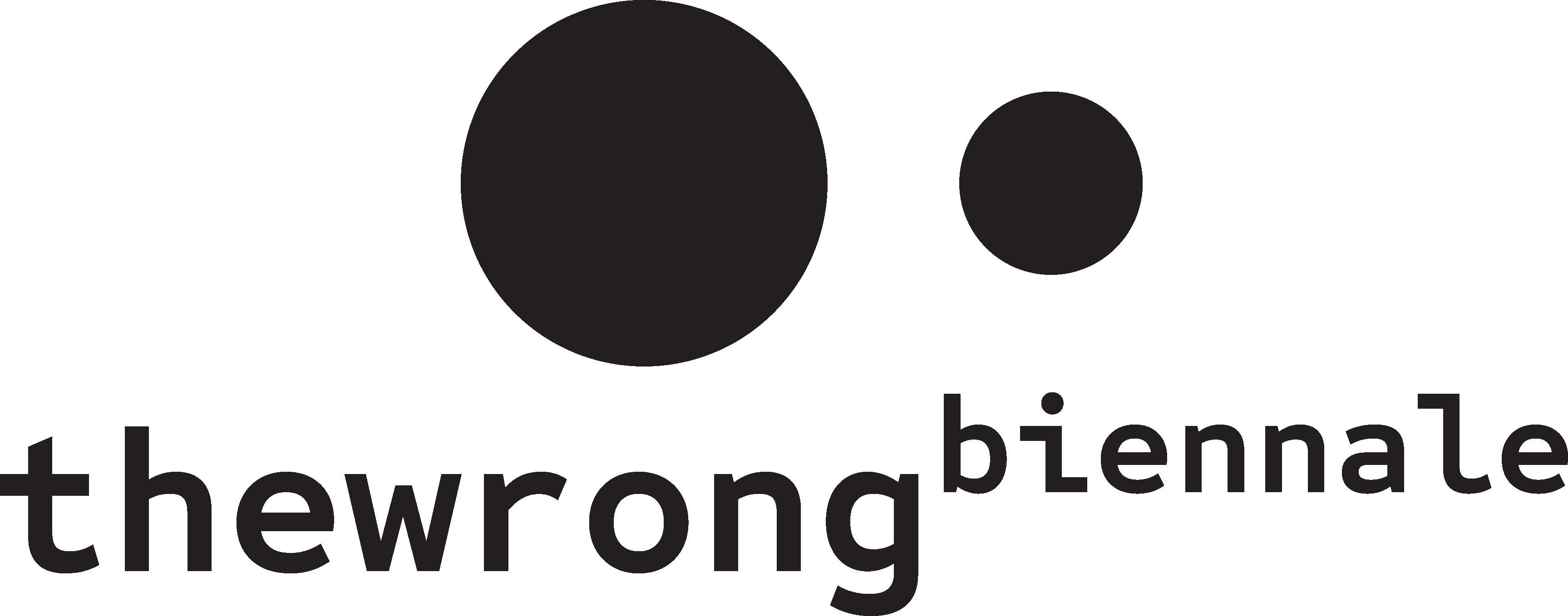How to use this site <close>
- Click/tap the name of the artist to recenter the image onto that artist's work.
- Click/tap the video window to recenter the image on your selection.
- Click/tap the camera navigation controls below to pan, tilt, or zoom. Both the arrow controls and the slider bars are operational.
ptz = talks; // an event series <close>
Artist talks and discussions coinciding with the Pan-Tilt-Zoom exhibition. Zoom link for all talks available here: <zoom link>
UPCOMING:
Tuesday, March 15th, 5PM-6PM: A virtual artist talk with David
Bowen, artist, coder, and associate professor of sculpture and physical computing at the University of
Minnesota, Duluth.
Using intersections between natural and mechanical systems, David Bowen produces unique relationships within his
sculpture and installation. With robotics, custom software, sensors, tele-presence and data, he constructs
devices and situations that are set in motion to interface with the physical and virtual world. The devices he
constructs often play both the roles of observer and creator, providing limited and mechanical perspectives of
dynamic situations and living systems. These devices and situations create a dissonance that leads to an
incalculable changeable situation resulting in unpredictable outcomes. The phenomenological outputs are
collaborations between the natural form or function, the mechanism and the artist.
PAST EVENTS:
Monday February 28th, 5PM-6PM: A virtual exhibition walkthrough and discussion with Garrett Laroy Johnson, a visiting SAIC Art and Tech Studies
faculty member and PhD candidate in Media Arts and Sciences and Critical Theory at Arizona State University. A
selection of artists will discuss their work with Johnson, talk about the concept of the show, and take general
questions.
A recording of the discussion will be uploaded and available here, check back soon.
Johnson works with responsive media environments to probe, condition, engender, and refract relations between
technological determinations and productions of subjectivity. He designs and creates digital-physical systems
activating sound, light, and expressive materials in immersive and quotidian spaces. Johnson's dissertation
deals with the diagram (as instantiated in Guattari and Deleuze) as a conceptual figure for animating
transdisciplinary practice with computational media. Through his own research-creation and digital-physical
sciences, Johnson explores how socially engaged media arts can engage with contemporary
subjectivity.
Monday March 7th, 5PM-6PM: A virtual artist talk with Olivia Jack (o.jack), an artist and coder who works frequently with open-source software, cartography, live coding, and experimental interfaces.
o.jack is the mind behind Hydra, a browser-based platform for live coding visuals. The platform's interface is inspired by analog modular synthesis, in which multiple visual sources (oscillators, cameras, application windows, other connected windows) can be transformed, modulated, and composited via combining sequences of functions.
o.jack's recent projects include media development for the experimental dance performance Nodos: Cuerpos en Expansión, part of the Festival de Danza en La Ciudad in Bogotá, Colombia; as well as the Laboratory of Possibilities, a participatory media installation at the Oakland Museum of California.
Join us Monday for an online talk about live streaming, live coding, followed by a Q&A.
Pan-Tilt-Zoom <close>
Minds without a body; phantom flesh; vision without a gaze. To remotely transit cyberspace, we opt for our body to mutate into one that is both telematic and cartesian. The biological body's a zombie, still here, but the eyes traverse elsewhere. We have "a sliding and shifting consciousness that is neither <<completely here>>, in this body, nor <<completely there>>, in those bodies."* We rely on technology to expand our body; we desire to let the flesh die; a camera sees better than our eyes.
Inside a locked room in the Art Institute of Chicago, an around-the-clock commons is created, contingent that no bodies may enter unmediated - an online space exclusive to the surveilling gaze. The physical body is erased, it's no longer useful. These works are subjected to a field of vision created by the mechanical eye and constrained by the electronic image.
The exhibition is a situation of permanent visibility, using an artifact of political technology transformed into a device of voyeurism and telepresence. The eye-camera constantly streams an image that is often unobserved: transmitted from machine to machine. By whom are we being watched? Does disembodied vision disembody the gaze?
castroduperly
*Stelarc. Cíborgs, zombies, y quimeras, 2020. p.22
Camera offline.
Febrary 15th - March 21, 2022.
A video walkthrough has been recorded and will be posted/archived when available.









